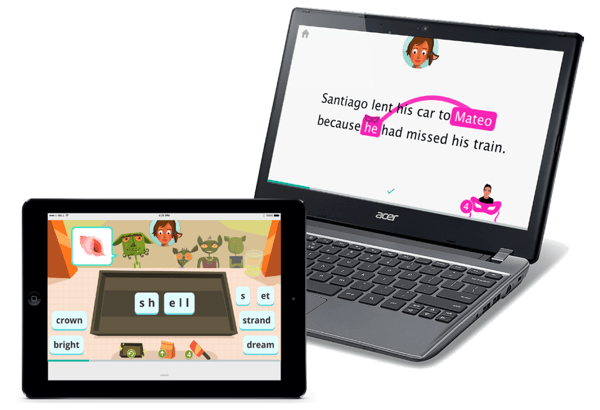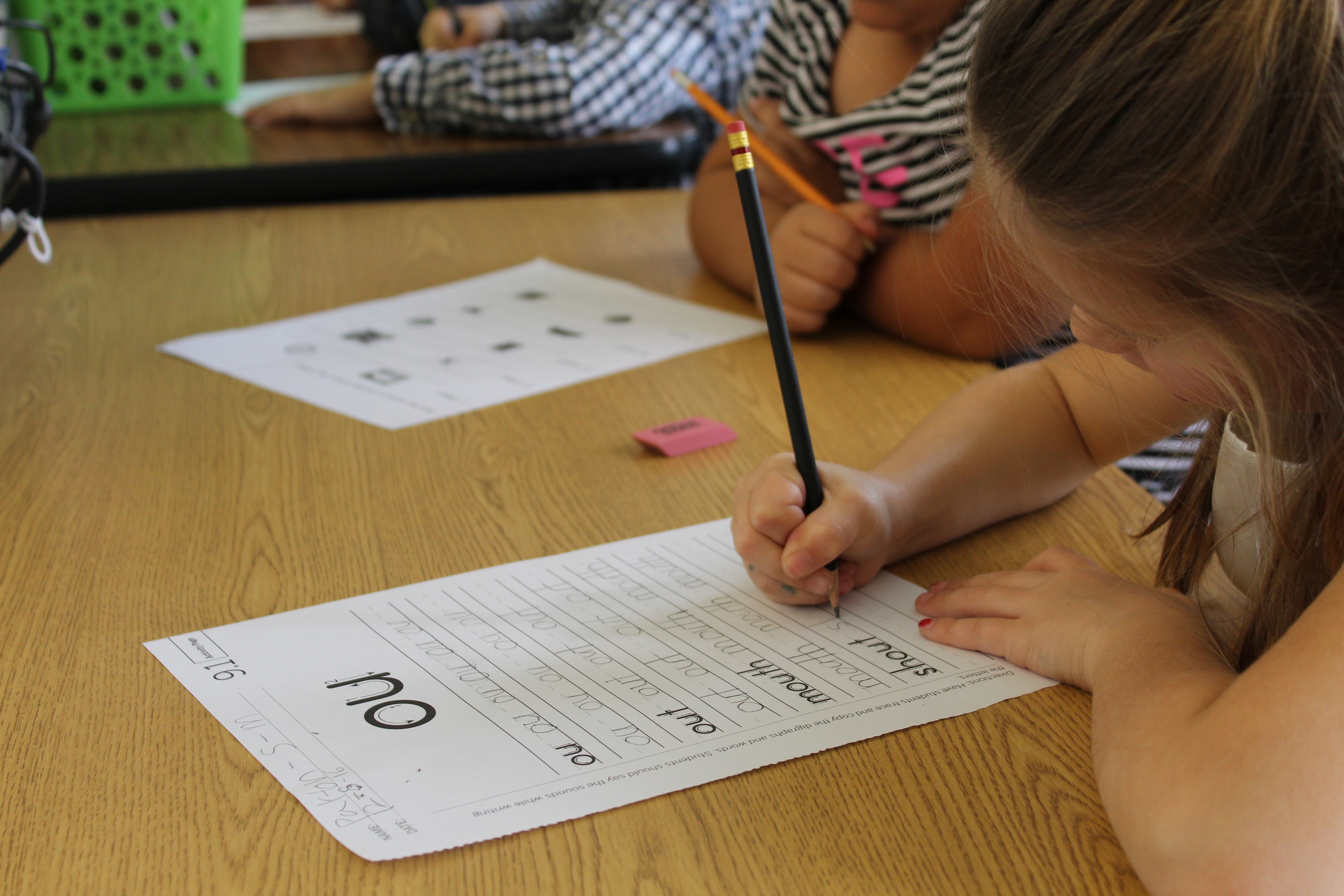Over the course of this series, we have explored numerous questions about gaming and learning. We started by asking how a phenomenon such as gaming has garnered such global appeal. We defined the terminology and buzzwords currently floating around in an attempt to reduce commonly-held misconceptions. We examined past and current research associated with learning with the use of games to underpin our efforts. The series also covered how to look and evaluate potential games and offered advice for parents about gaming’s hidden potential for learning with some guidance to consider. Now, it is time to explore some potential strategies for incorporating games into a learning activity. What follows is a list of potential ways and suggestions to go along with each method.
The Warm-Up
For decades, warm-ups and lesson motivations have kick-started classroom lessons. These warm-ups could involve a teacher or student-led discussion, an entrance ticket, a Q&A session, a video, a demonstration, an experiment, or some other event to pique the interests of learners. Educators can easily have learners play a digital game to start a lesson. The allotted time should be relatively short—perhaps 10 to 15 minutes. During this time, educators help gamers uncover the purpose of gameplay by asking questions to activate prior knowledge and connecting the embedded concepts to the expected learning outcomes for the lesson. Afterward, players must debrief to reflect on the gameplay and connect it with new concepts or skills being explored in the next event of the lesson.
No Quarters Needed for This Gameplay
Free play allows gamers to explore digital games without constant interference from educators. Ultimately, learners are given free rein to explore, fail, retry, reflect, and learn from the game in an unstructured learning environment. The educator circulates the learning environment and carefully observes each gamer as they play to learn. During their observations, educators can record what they witness during their students’ gameplay and assist any learners that are struggling.
The educator can select an effective follow-up activity for learners to demonstrate their mastery of the content. These activities could include classroom discussion, creative writing, journaling, blogging, creating a multimedia product, or participating in a simulation or role play.
Learning Centers Reborn
A learning center is a self-contained section of the learning environment in which learners engage in independent, self-directed learning activities. As more and more digital tools enter classrooms, centers have taken on a new look. A center can contain both digital and non-digital tasks. Since most digital learning games help teach the players how to play, the teacher is typically not needed or acts as a guide on the side if there are difficulties or questions.

“I like to use Amplify Reading during our small-group time to practice skills. It has been nice to have something for students to work on that is worthwhile, so I can work one-on-one with a student. The students enjoy working in Amplify Reading.”
— First grade teacher, Loogootee, IN
During the next post in the series, we will explore some additional strategies for incorporating digital learning games into instruction.

 At Amplify, we are committed to the educational potential of learning through digital gameplay. Amplify Reading is a cutting-edge digital curriculum for grades K-2 that teaches critical literacy skills by taking kids on a magical reading adventure.
At Amplify, we are committed to the educational potential of learning through digital gameplay. Amplify Reading is a cutting-edge digital curriculum for grades K-2 that teaches critical literacy skills by taking kids on a magical reading adventure..png)

